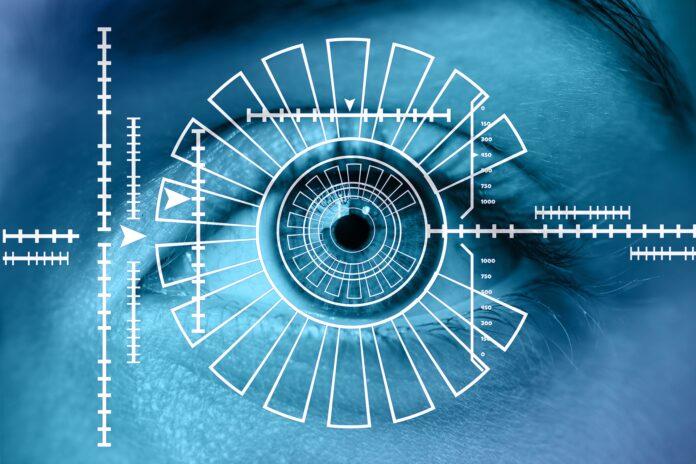Digital biometric technology is a growing area of research, development, and entrepreneurship. The technology is essentially focused on the identification and authentication of an individual based on their biometrics. These include morphological identifiers like the iris, fingerprints, facial shape, or vein patterns; biological metrics like DNA, saliva, and blood; and behavioral metrics such as voice, gait, signature, and keystrokes.
The global biometrics market was worth over $20 billion in 2020 according to GM Insights and is expected to grow by 13% CAGR between 2021 and 2027. This makes it a promising focus for startups, but there are challenges with the technology. In this guide, we identify these challenges and offer ways startups can overcome them.
Biometric technology is currently very expensive
Like any new piece of technology, biometrics is costly. This is hampering its introduction by businesses – as well as posing problems for startups looking for custom. According to a Spiceworks survey of 500 IT professionals in the US and Europe in 2018, 67% saw cost as the greatest barrier to adopting the technology in the workplace.
To combat this challenge, startups need to think carefully about their customers’ budgets and pain points. Armed with this knowledge, and a ruthless approach to cost-cutting, they can provide valuable solutions at a tolerable cost.
Data security is crucial and covered by the law
In any data-led industry, ensuring the security of customer information is incredibly important. However, when it comes to biometrics, where incredibly personal data is at stake, security is even more important.
If companies get it wrong, they will not only be hit by investigations and fines under legislation such as GDPR but almost certainly face strong criticism – and potentially harm the prospects for biometrics more generally.
The answer to this challenge is to invest in highly robust methods of data security and encryption. Startups should direct significant investment to this end, stress-testing systems and ensuring data is kept firmly under lock and key. They should also enlist the services of technology lawyers, whose insights can guide security development.
The public doesn’t trust biometrics
Biometrics has an image problem. In 2019, a survey by PaySafe group found that 66% of North American and European consumers are concerned about being able to pay for things without a password. What’s more, just 37% thought biometrics was more secure than other methods of authentication, and 45% flat-out do not want companies accessing their biometrics data.
There are two key ways startups can turn around perceptions. Firstly, they need to invest in education, making sure that consumers understand biometrics, what they are, how they’re used, how the technology works, and the security measures that underpin them. Second, they need to prove that biometric technologies are safe and secure, earning customers’ trust.
Do you believe biometrics has a promising future? Let us know your thoughts in the comments section.





